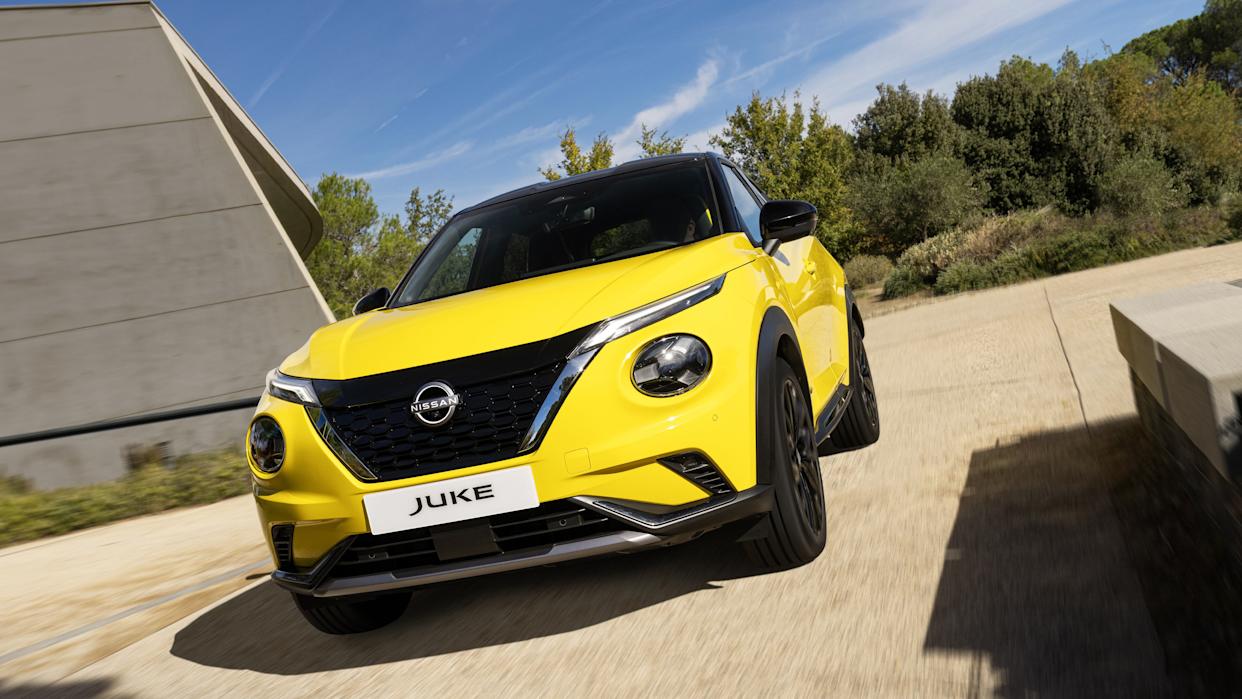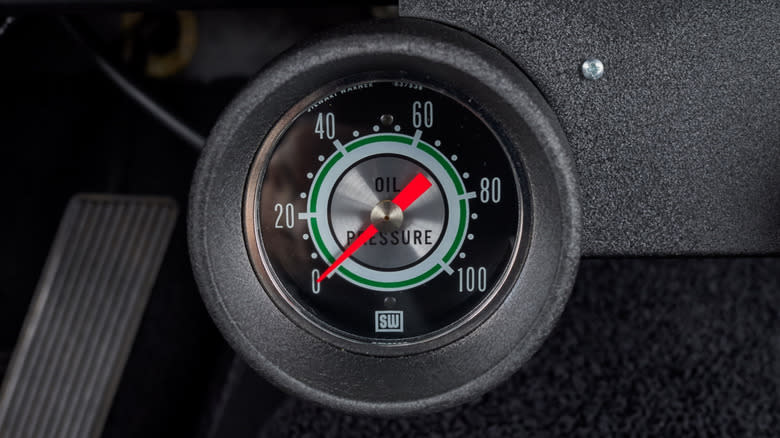
PARIS — Nissan is weighing whether to continue production of combustion versions of the Juke — it’s No. 2-seller in Europe — even after it debuts an electric-only new generation Juke next year.
“Given the very different path of the transition to electrification across Europe, keeping the internal combustion Juke in production is an option on the table,” Nissan Europe head of product planning for minicars and small cars Alexandre Armada told Automotive News Europe here on July 22.
The third-generation Juke will use a shortened version of the Renault Nissan alliance’s CM-EV platform. The small crossover will be built at Nissan’s factory in Sunderland, England, alongside two full-electric platform mates, the Arya and new-generation Leaf.
The trio of battery-electric vehicles were announced at a time when BEV sales were on the rise in Europe. They are also needed to lower Nissan’s fleet CO2 emission to avoid EU fines.
BEV sales, however, decreased in 2024, causing several automakers to abandon aggressive plans to quickly have electric-only lineups in Europe.
Volvo, which aimed to be electric-only by 2030, gave up on that goal last year, saying it would keep making its two global bestsellers, the XC60 and XC90 SUVs, with combustion engines, even as it added the EX90 and EX60 BEVs.
Porsche made a similar move with the Macan.
Mercedes is also following the trend, saying in February that its models will offer both full-electric and combustion-based powertrains..
Nissan offers the current second-generation Juke with a four-cylinder, 114 hp, 1.0-lilter gasoline engine with CO2 emissions of 131 grams per kilometer and a 143-hp, 1.6-liter full-hybrid variant with emissions of 108 g/km.
Although it is reaching the end of its life cycle — it debuted in Europe in 2019 — and first-half sales were flat at 51,592, it remains a crucial member of the automaker’s portfolio. Only the Qashqai compact SUV, with a six-month European volume of 78,397, accounted for more sales at Nissan.
The Juke was also the No. 11-selling model in Europe’s small SUV segment, which is the region’s largest with a half-year volume of 1.16 million, according to preliminary figures from market researcher Dataforce.
While BEV sales in Europe were up 25 percent to 1.18 million in the first half, demand for models with the powertrain in the small SUV segment fell 4.5 percent to 62,624 in the period.
That means the share of BEVs sold in the segment was 5.5 percent while the overall share for BEVs in Europe during the period was three times higher at more than 17.3 percent.







Comments